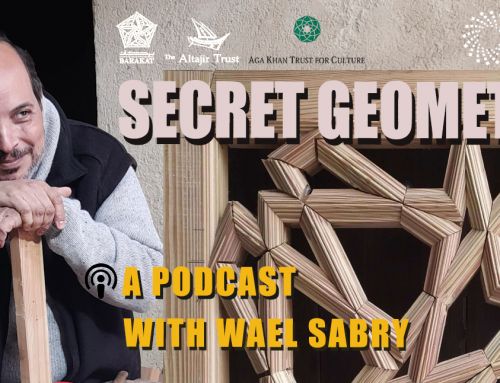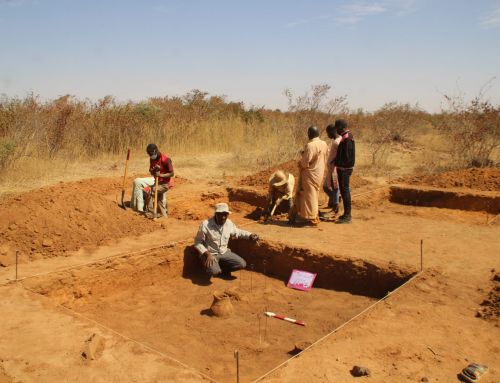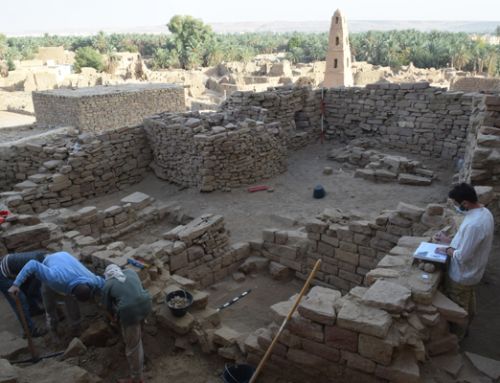In 2012 the Barakat Trust gave a grant to Dr Asa Eger from the Greensboro Campus of the University of North Carolina. He is the director of the Tüpraş Field site which is an early Islamic and Middle Byzantine site 900 metres north of the Kinet Mound. This was the third season of the project. And had two overarching aims. Firstly, to learn more about the architectural composition and plan of the site as a fortification. Secondly, to understand the changes in settlement over its history, from the 8th to the 12th centuries.
It should be emphasised that this was a teaching excavation field school. For nearly all the supervisors involved this was their second excavation and first time supervising. And for the assistant supervisors this was their first time entirely.
All trenches were excavated in fallow fields. The fixed data point for the trenches was a large concrete drum (rögar) near the Botaş fence measuring 6.72 m.a.s.l. The Total Station survey added four additional fixed points in TF 16, 17, 19, and 20 for their own use. Ceramic, faunal, and small find (metal, glass) evidence was only preliminarily sorted and will continue during the 2012 study season. Environmental evidence including wood, C-14, soil, and water samples will be exported for analysis to the USA.
Five phases of occupation were identified :
Phase I: Post Early Crusader. Robbing activities of large ashlar stones from fortified enclosure walls were carried out.
Phase II: Middle Byzantine/Early Crusader, 11th-early 12th century. The fortified enclosure is used, some early walls are leveled for upper rooms, some early walls are built higher. Enclosure is destroyed suddenly by earthquake and fire.
Phase III: Abbasid/Middle Byzantine, 10th century.
A: The internal walls perpendicular to outer walls are built. Tile floors and stacked tile walls are used. Structures are built outside the walls of the enclosure (TF 18, 19, 20).
B: The fortified enclosure is built with corner towers and buttresses.
Phase IV: Abbasid, 9th century. Large ashlar and mortar/rubble core wall used as eastern fortification wall. Press in TF 17.
Phase V: Abbasid, late 8th century. Early wall found in TF 19.






